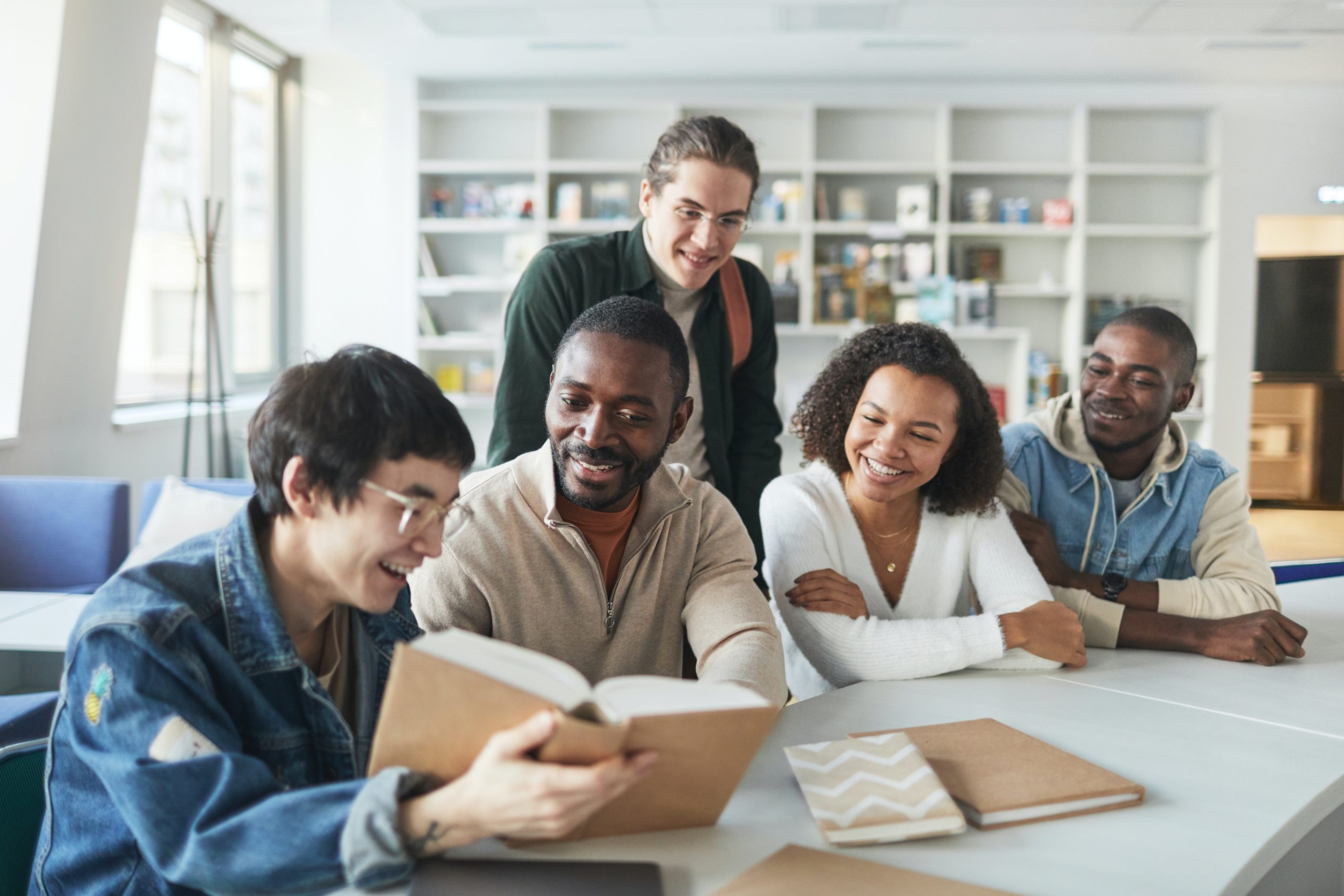College and university leaders committed to equity for minoritized, poverty-affected, and first-generation students are transforming conversations in their institutions from deficits-based to assets-based perspectives. As they do so, many are learning about innovations in cultural wealth pedagogy in higher education.
What is cultural wealth?
Cultural wealth is the reservoir of personal and community resources an individual may have beyond their income or accumulated financial wealth. Many examples of cultural wealth derive from an individual’s experience navigating or resisting bias and inequities, including traits such as resilience, social justice orientation, and social networks. Cultural wealth illuminates an individual’s abilities and assets rather than calling attention to their supposed lack of skills.
The concept of cultural wealth was first proposed in 2005 by Dr. Tara Yosso, then Associate Professor in the Department of Chicana and Chicano Studies at the University of California, Santa Barbara in the article, Whose Culture Has Capital? A Critical Race Theory Discussion of Community Cultural Wealth.
Rather than focusing on how a person’s race or ethnicity might give them less of the cultural capital that a predominantly white and middle-class environment values, Yosso instead focuses on the wealth of cultural capital that is being undervalued.
Yosso’s model describes six specific types of cultural capital:
- Aspirational Capital: What are the hopes and dreams of the student and their family?
- Familial Capital: What network of extended family and community does a student have to draw upon for communal knowledge?
- Social Capital: Who are the peers and other people in a student’s social circle that provide important connections and support?
- Linguistic Capital: What are the different languages and communication methods students bring with them to the classroom?
- Navigational Capital: What skills does a student come with that help them navigate a higher education institution?
- Resistance Capital: What is this student’s history of social justice and how can it be supported in the classroom?
Cultural wealth in higher education
Identifying cultural wealth necessarily de-centers dominant perspectives. For example, a student may have code-switching skills or experience acting as the family translator. Identifying and beginning to work with those assets shifts traditional questions about a student’s college readiness to questions about the college’s readiness for the student.
In this way, cultural wealth pedagogy strives to reduce equity barriers for Black, Latino, Indigenous, poverty-affected, and first-generation students by theorizing and investigating innovative educational practices. A 2013 study from the University of Nevada, Las Vegas used the cultural wealth model to understand which types of cultural capital Latino students use to succeed in higher education. The study, A Qualitative Study Using Community Cultural Wealth to Understand the Educational Experiences of Latino College Students, found aspirational, familial, social, and navigational capital provided the most support to students.
A study in 2019 by Patton Garriott in The Journal of Career Development explores how different facets of cultural wealth can help first-generation and economically marginalized college students improve their educational outcomes. First-generation students, for example, may have a particular desire to support their family and community, which educators can draw on to help those students “to remain resilient in the face of institutional barriers.”
Likewise, oral histories of desegregation battles and studies of local education reform explore how familial capital in the cultural wealth model assists Black students in having positive academic outcomes. Another study in 2020 of South African multilingual learners uncovered “the skills, knowledge, and abilities learners used as they created digital stories that reflected their future goals and career dreams.”
Cultural wealth in action
There is, so far, little research on how the cultural wealth model can be applied specifically to online courses and other digital learning modalities.
Nor is there a definitive resource with a comprehensive methodology on using cultural wealth pedagogy in classrooms or in institutional policies. Many discussions of practical applications make clear the connection between cultural wealth and culturally relevant pedagogy. For instance, both are likely to emphasize activating a student’s prior knowledge, making learning contextual, and incorporating popular culture.
Related reading: How This Chemistry Instructor Uses Climate Justice to Connect Science With Personal Experience
Educators are beginning to identify cultural wealth-oriented teaching practices organized around the six categories in Yosso’s model:
- Aspirational capital: Ask students to write essays on their hopes and dreams for their future, and invite them to share those of their families as well.
- Familial capital: Ask students how they define the term “family,” and who is in theirs.
- Social capital: Talk to students about the people who make up their community. How are they connected to that community at home and on campus? What do these connections mean to them? And how can they leverage those connections in their lives?
- Linguistic capital: Provide opportunities for students to communicate in the ways that feel the most natural to them, including art, music, poetry, and storytelling.
- Navigational capital: One study suggests that drawing on the constellation mentoring of a student’s home community may be more effective than the default design of mentoring programs.
- Resistance capital: Use activities that allow students to learn more about the history of social justice and inequality, and to present and discuss solutions.
Related reading: Using Digital Multimodal Composition to Achieve Greater Equity in the Classroom
Other resources on cultural wealth
Another way to start the cultural wealth discussion in your classroom is by asking students to reflect on their cultural capital.
- The Alliance for Networking Visual Culture has a downloadable Cultural Wealth Wheel educators can use to help students identify their own resources.
- The University of Portland Career Services office produced a handout that helps students develop wealth-centered narratives about their professional potential.



